Top Sustainability Trends for Business Events in 2025

According to the Events Industry Council (EIC), event sustainability means taking action towards preserving our natural environment; promoting a healthy, inclusive society, and supporting a thriving economy. For most events, this usually translates into cutting back energy and water usage and reducing waste. But some event organizers are going the extra mile to make a difference by launching initiatives such as using algae as ink or offering onsite sustainability tours.
EarthX
From its humble beginnings as an Earth Day street festival in Dallas, EarthX has now grown into a large-scale, global environmental expo where governments, business leaders, and attendees gather to find environmental solutions.
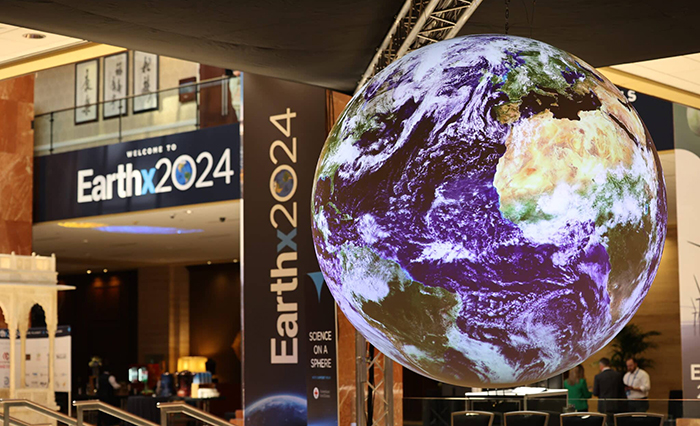
The event, which will be held April 21-25 at the Hilton Anatole in Dallas, features numerous programs designed around sustainability, including an all-day session with the Texas chapter of the U.S. Green Building Council, along with its own eco-friendly initiatives, including working with an organization called Hunger Busters, which collects uneaten food and distributes it to Dallas Independent School District schools.
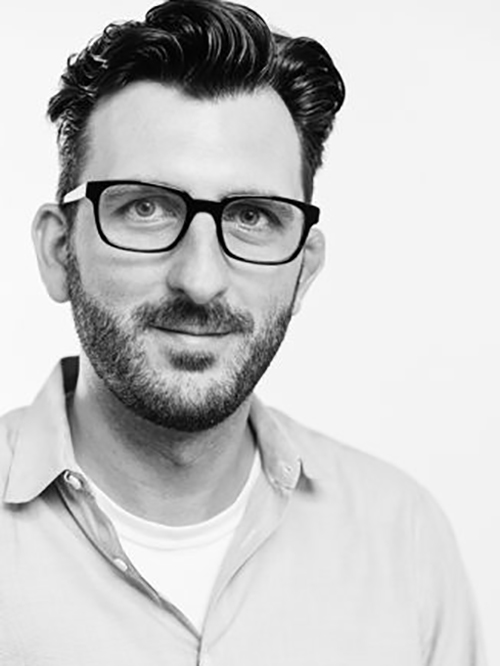
“Obviously, as an environmental event, we try to walk the walk in terms of making sure that we're being as sustainable as possible,” said Peter Simek, conference director of EarthX. “And that's ensuring that all the materials are constantly reused and upcycled, bringing in sustainable food options and looking at where things are sourced. It's a general awareness around what kind of impact we're having in our own space and being as mindful as possible to ensure that we are following best practices for sustainable conferences.”
Workday Rising
Workday's annual customer conference recently earned Platinum-level certification—the highest possible level of sustainable event certification—from the EIC for its 2024 event. For this year’s Workday Rising, which takes place at the Moscone Center in San Francisco Sept. 15-18, Missy Castro, senior experience marketing manager, Workday, said, “We're deeply committed to minimizing our footprint through initiatives such as eliminating single-use plastics, incorporating sustainable food practices, and offering recyclable decor. We're offsetting attendee travel emissions by investing in high-quality carbon credits, which account for over 60% of our total event emissions, through our partner Tradewater.”
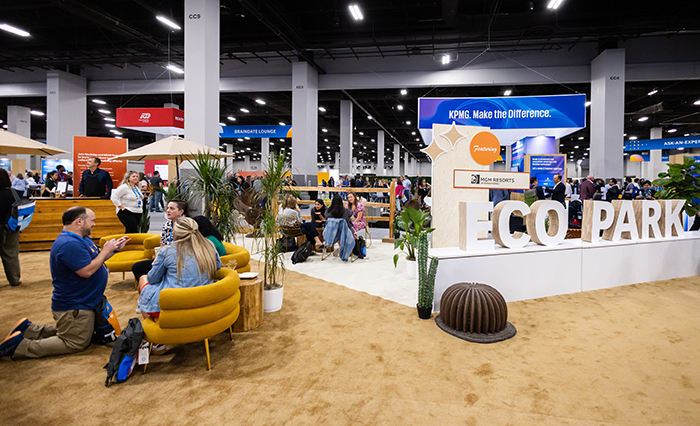
There will also be a new conference bag made from repurposed denim and an expansion of the on-site sustainability tours, she added.
Dreamforce
In addition to sustainability sessions and the integration of Net Zero Cloud, Salesforce’s ESG management platform designed to help organizations manage their environmental footprint and track their progress to net zero, Dreamforce organizers offer attendees the chance to offset their travel-related emissions, as well as providing on-site staff to help attendees sort their waste correctly and badge and lanyard recycling.
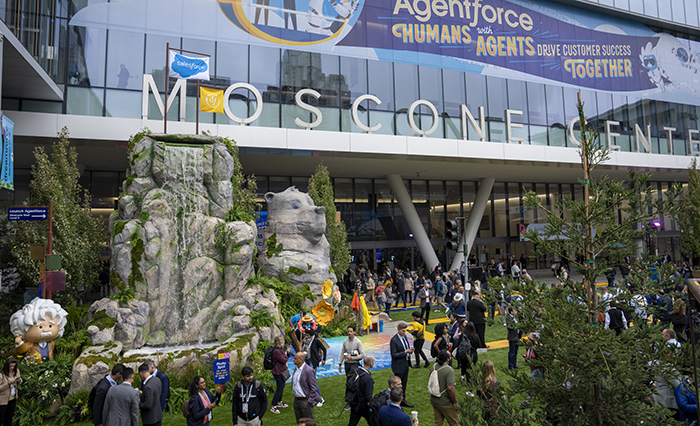
Other initiatives include using algae as ink on staff shirts, eliminating almost all printed materials and replacing printed paper with digital assets, cutting out beef and pork from food and beverage offerings, and partnering with LiquiDonate, a sustainable social impact solution that helps place surplus items with local nonprofits. The next Dreamforce takes place in San Francisco at the Moscone Center Oct. 14-16.
Greenbuild International Conference and Expo
Every year, Greenbuild hosts the largest event for green building professionals, where attendees learn and source solutions to improve resilience, sustainability, and quality of life in buildings, cities, and communities.

Sustainability is at the heart of the Greenbuild International Conference and Expo according to Katie Gillham, brand director for the conference. “Each year, we track Greenbuild's energy, water, waste, and overall carbon footprint, even tracking emissions from our attendees' travel,” she explained. “We log everything in a robust sustainability report published after each show. Based on what we learn, we retool and build new partnerships with local partners to increase our positive impact year after year. Greenbuild is also typically held at LEED-certified convention centers because it’s important to us that all of our event partners prioritize event sustainability initiatives as well.”
Onsite, Greenbuild also provides sustainability tours of the host venue in which practices like waste sorting, kitchen and catering programs, and water reuse systems are highlighted.
Another key component of the sustainability strategy is the Greenbuild Mandatory Exhibitor Greening Guidelines (or GMEGG), a mandatory, 22-question online survey for exhibitors regarding best practices and requirements that include booth materials, electrical use, transportation and shipping, and giveaways. It’s become the blueprint for exhibitor responsibility in trade show sustainability.
In 2023, Greenbuild introduced an education module through the U.S. Green Building Council (USGBC) to help exhibitors better understand the requirements and offer tips on how they can be more sustainable. The next conference will be held Nov. 4-7 at the Los Angeles Convention Center.
INSIGHT
Each year, RainFocus, an event marketing platform that captures and analyzes first-party data, hosts its INSIGHT conference, which brings together industry professionals for sessions, meeting programs, evening activities, and more.

At this year’s event, which took place at the Hyatt Regency in Salt Lake City Feb. 18-20, organizers addressed sustainability in a few different ways.
Food waste is one of the biggest challenges in events, but it’s also the one that’s the most solvable, explained Rodney Hart, vice president of events at RainFocus.
“Predictive analytics can improve how to forecast meal counts to reduce excess while keeping budgets in check. We made the conscious decision to partner with a property that prioritizes responsible food distribution,” Hart said, referring to Hyatt Regency’s World of Care program.
Hart added that the company shifted its swag strategy this year with a focus on fewer, higher-quality items that require attendee engagement to earn, making them more meaningful. “This approach not only reduces waste, but it increases the perceived value of the items,” he explained. “For the highest-quality items, we focus on branding strategies that allow for reuse at future events.”
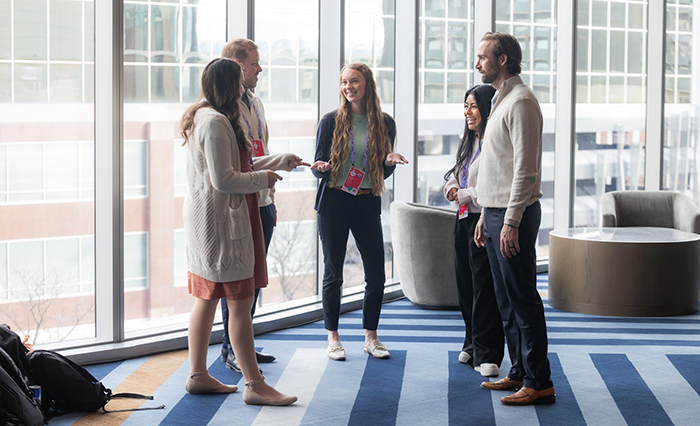
As for promoting sustainability at future events, Hart said that “I strongly believe that you can’t improve what you don’t measure, so that’s one of the bigger initiatives I’m planning to implement. Investing in the right technology can help quantify an event’s carbon footprint. The ability to track and report on sustainability efforts allows event organizers to set benchmarks, track progress, and make informed decisions that integrate sustainability into every stage of event planning.”
Don’t miss any event-related news: Sign up for our weekly e-newsletter HERE, listen to our latest podcast HERE and engage with us on X, Facebook and LinkedIn!
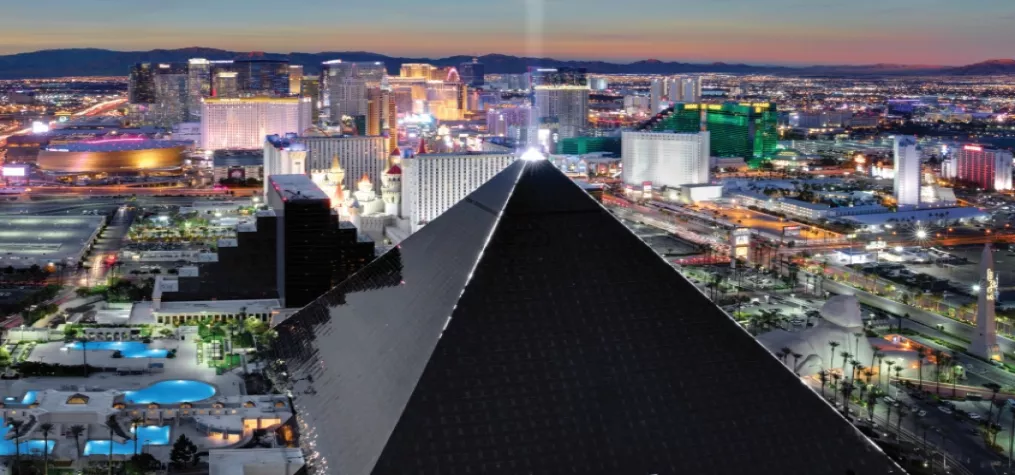

Add new comment